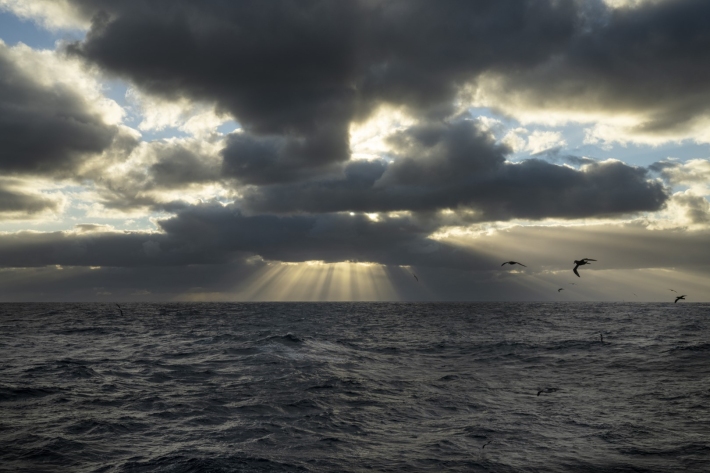-
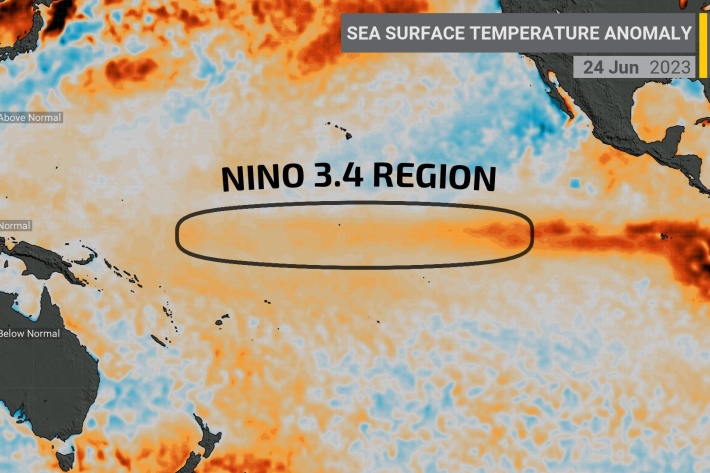
El Niño: NIWA explains
News article28 June 2023El Niño is on its way, with whispers it could cause the Earth’s warmest ever year. But what is it? NIWA scientists tell all. -
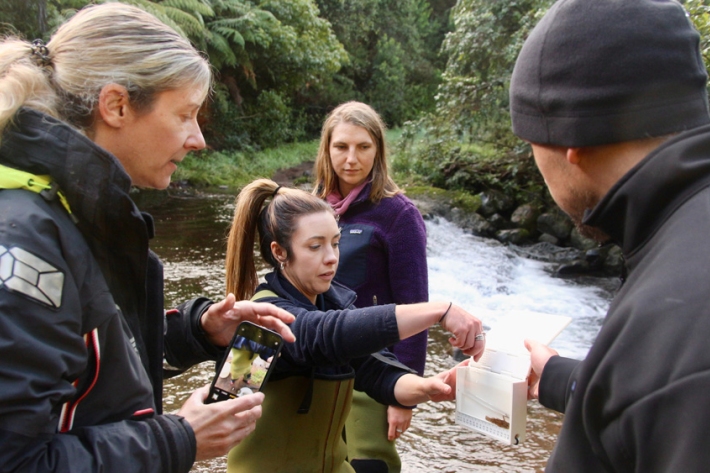
NIWA’s freshwater ecologists helping regional councils remove the barriers to fish migration
News article21 June 2023About 76 per cent of indigenous freshwater fish species, that’s 39 out of 54, are threatened with extinction or at risk of becoming threatened. -
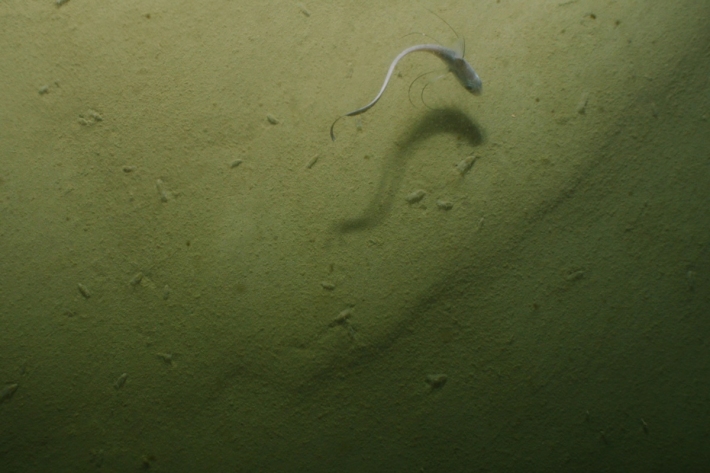
Kaikōura’s deep seabed is rapidly recovering, says NIWA
Media release19 June 2023Areas of Kaikōura’s seabed show promising signs of recovery just four years after the 2016 earthquake, says NIWA. -
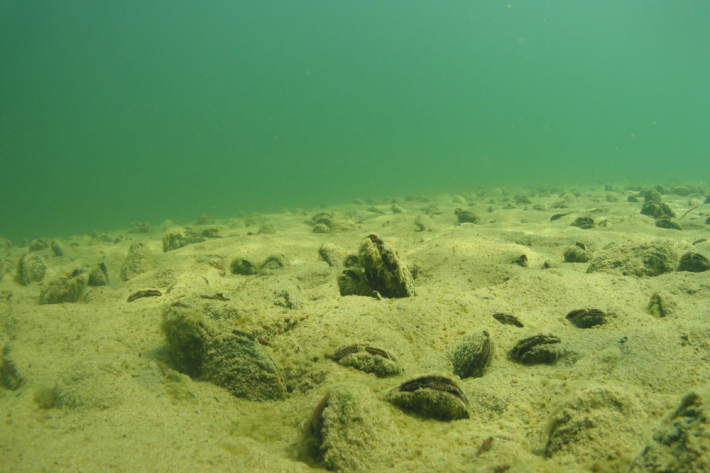
Mussel farms may benefit the environment
Media release13 June 2023A new study is doing a deep dive into whether mussel farms could help reduce nitrogen in New Zealand waters. -
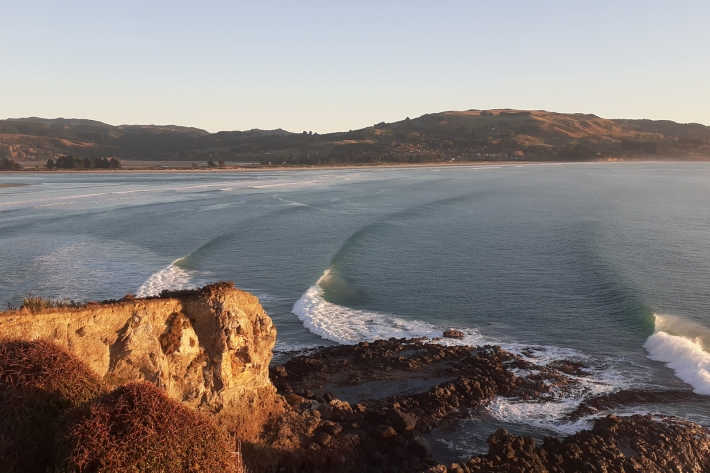
Identification of significant ecological areas for the Otago coastal marine area
News article12 June 2023Long-term protection of Otago’s coastal habitats took a step closer to reality after more than 100 marine Significant Ecological Areas were identified.

